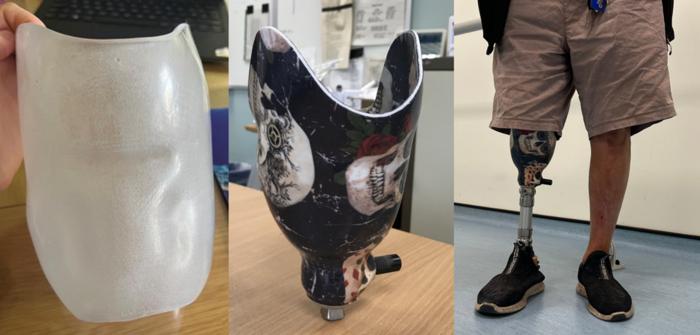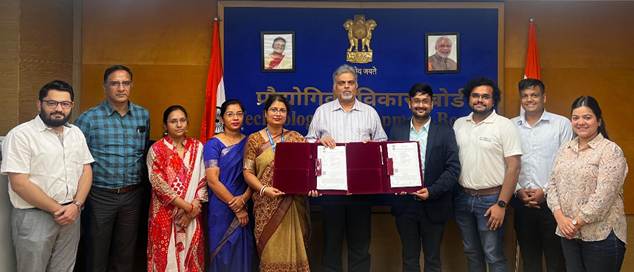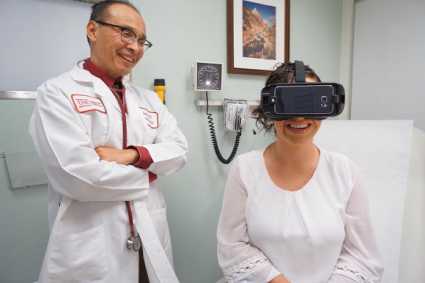Researchers in the UK have unveiled a new, data-driven approach to fitting prosthetic legs that promises faster, more consistent results at lower cost. Developed by Radii Devices in collaboration with the University of Southampton, the technology has just completed an NHS clinical trial, with results published on 22 August 2025 in JMIR Rehabilitation and Assistive Technology.
The trial demonstrated that below-the-knee prosthetics created with this method were, on average, just as comfortable as those designed by highly skilled prosthetists—while producing more consistent results. Unlike traditional methods, which can take multiple iterations, the new approach generates an initial design instantly.
Rethinking the Socket
At the heart of any prosthetic leg is the socket, the interface that connects the artificial limb to the patient’s residual limb. Getting the socket right is crucial: it must support body weight, manage dynamic forces during walking, and distribute pressure safely without injuring sensitive tissue. Traditionally, prosthetists rely on plaster casting and trial-and-error adjustments, or, more recently, CAD (computer-aided design) tools that allow digital refinement and record-keeping.
The new method builds on that digital foundation. Radii Devices, a Southampton spin-out, has developed software that uses a database of past designs to recommend socket shapes tailored to new patients. By combining a 3D scan of a patient’s residual limb with insights from hundreds of previous fittings, the system can suggest socket designs that have proven successful for people with similar characteristics.
Putting the Method to the Test
To evaluate the approach, researchers worked with three NHS rehabilitation centres. Seventeen patients received trial sockets made the traditional way and ones produced by the data-driven method. Each participant compared the two versions, rating comfort and sharing feedback.
The results were striking: while overall comfort scores were similar between both approaches, sockets generated by the new method showed less variation, suggesting a more reliable process. Some patients even preferred the data-driven sockets enough to have them converted into their permanent prosthetics.
Technology with a Human Touch
Crucially, the developers stress that the system is not intended to replace prosthetists. Instead, it is designed to give clinicians a strong starting point, freeing them to focus on the more nuanced, patient-specific adjustments that only experienced hands can provide.
“3D scans reveal the outer shape of the limb, but they can’t show what lies beneath,” explained Professor Alex Dickinson, who helped develop the approach. “Bone spurs, neuromas, and other sensitive features require expert knowledge to address. Our method gives prosthetists a solid baseline so they can concentrate on fine-tuning designs where their skill makes the greatest difference.”
So far, nearly 100 patients in the UK and the US have received prosthetics fitted through this system. The research team—made up of engineers, physiotherapists, health scientists, and psychologists—believes the technology could help ease waiting lists by cutting the number of appointments needed to achieve a comfortable fit.
Towards Clinical Integration
The next stage of the project focuses on refining the software interface so prosthetists can incorporate it seamlessly into their clinical practice. Professor Maggie Donovan-Hall, a co-author of the study, noted that the trial was deliberately set up to test a “worst-case scenario,” with the software generating sockets without further prosthetist input.
“The fact that the designs still performed so well is encouraging,” she said. “But the real promise lies in combining this tool with prosthetists’ expertise. By delivering a reliable starting design in minutes, it allows clinicians to spend more time on the complex, personalised adjustments that truly matter to their patients.”
- Press release from University of Southampton







